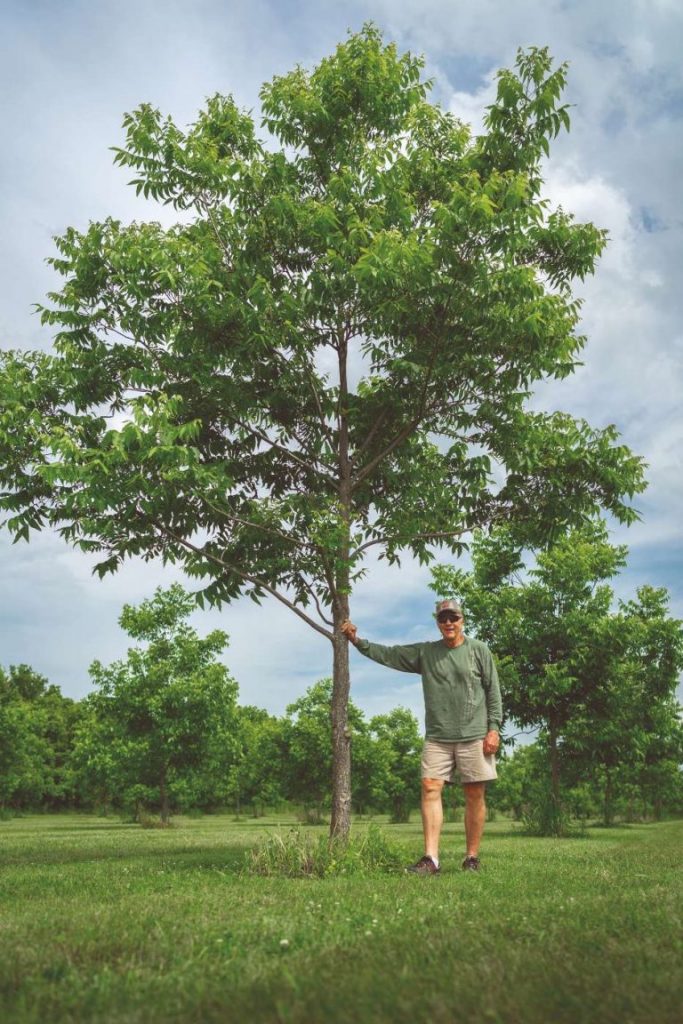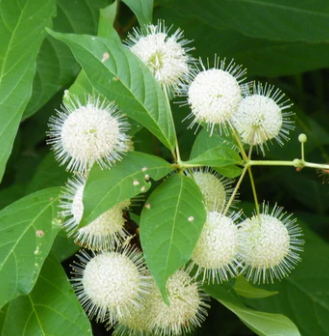Sustainability happens from the ground up. Restoring depleted ecosystems isn’t easy. But one strategy, adding native plants, makes a big difference for the environment.
Forrest Keeling offers a vast selection of RPM-grown native plants. Hundreds of species of native plants make it easy to find the best selections for your landscape. Native plants help reverse trends of habitat disruption, erosion, and spread of invasives. Here are four ecologically valuable native plant categories.
1. Oak Trees

Best-selling author, Doug Tallamy, loves oak trees. Tallamy says, ‘If you only plant one tree, let it be an oak.” We agree and grow over 30 species of oak trees. Here are a few reasons why that sentiment remains at the core of what we do.
Oak trees have a reputation as an invaluable provider for birds and other wildlife. They’re known as a keystone species. That means they can support entire animal and insect ecosystems on their own. They also offer outstanding cover and nesting.
Our RPM-produced trees flower, fruit and grow twice as fast. For deer, turkey and other upland birds, this mast production is critical. It is also helpful for site regeneration. Some of our selections offer exceptional production like Bucks’ Unlimited Oak. In fact, the BUO will outproduce other oaks’ acorn production by two-to-one!
2. Pollen-rich wildflowers

Pollinators play a starring role in maintaining healthy ecosystems. Bees, birds, bats, butterflies, and others help plant life flourish. , They also benefit humans. Pollinators are responsible for one out of every three bites of food we eat.
Forrest Keeling grows many native species. They can add seasonal color to your landscape and provide for local pollinators. Gray-headed coneflower (Ratibida pinnata) is a summer-blooming wildflower. Its yellow blooms are a great addition to any wildflower or pollinator garden.
Shop Gray-Headed Coneflower at Forrest Keeling
3. Water-Absorbing rain garden favorites
Rain gardens capture stormwater runoff and filter it through the soil. This improves water quality and reduces contaminants above and below ground. The deep root systems of native plants also channel stormwater underground.
Forrest Keeling can help find the right plants for your rain garden or bioswale site. Wildflowers like sweet coneflower or shrubs like buttonbush are two good options.

Shop Buttonbush at Forrest Keeling
4. Colorful Native alternatives
Sustainability should be beautiful. Vibrant, colorful natives can offer excellent alternatives to invasive plant species and overused non-natives. Planting native plants adds life to your property and helps the local environment.
Perennials like New England aster or prairie blazing star offer striking, low-maintenance color. Their nectar benefits several species of insects and pollinators.

Shop Wildflowers at Forrest Keeling
Sustainability Starts at forrest keeling
Forrest Keeling is North America’s largest native plant producer. We grow hundreds of species of native trees, shrubs, perennials, and grasses. Also, our RPM technology creates better outcomes for projects. These include over 97% survivability and 2X faster growth.
Your customers will enjoy the variety of native species Forrest Keeling can provide. Contact a Forrest Keeling team member today to learn about your native options.
Forrest Keeling Nursery… it’s ‘where the best natives begin!’ Contact us today.
